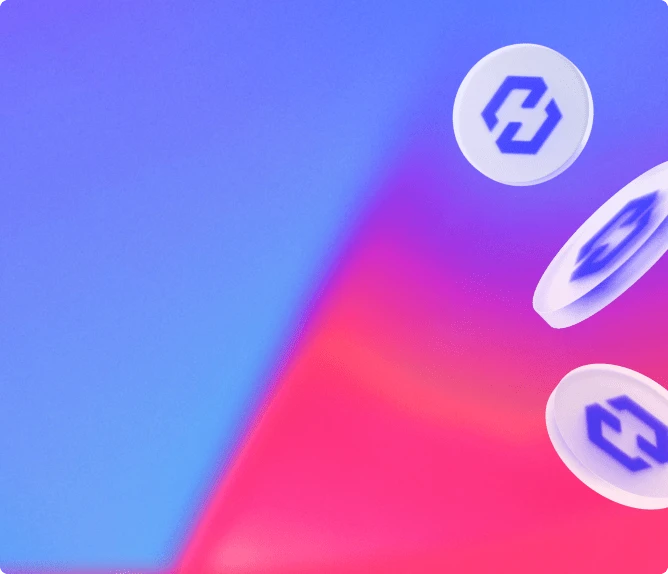With the release of the ChatGPT application, Artificial Intelligence (AI) has come into the public eye.
Investing in crypto-assets carries risks of liquidity, volatility, and partial or total capital loss. Crypto-assets held are not covered by deposit and securities guarantee mechanisms.


Sign up for our newsletter
Partners
Coinhouse
Our accounts
Coinhouse
Coinhouse SAS with a capital of €210,000, RCS Paris 815 254 545, headquarters: 14 Avenue de l'Opéra 75001 Paris – support@coinhouse.com. Registered with the AMF for activities related to the purchase/sale of digital assets against legal tender, the exchange of digital assets for other digital assets, and the custody of digital assets for third parties under the registration number: E2020-001.
Coinhouse payment solutions
Company registered with the Paris RCS under the number 914 384 557, registered with the Prudential Control and Resolution Authority as a payment service agent under the number 727503 of the electronic money institution Treezor, headquartered at 33 Avenue de Wagram, 75017 Paris.
General conditions, disclaimers and legal documents.



Open an account
While Bitcoin is still in a downtrend since its all-time-high of december 2017 (-68%), the hashrate, which is the indicator of the amount of computing power securing the network, kept increasing consistently to reach 50 EH/s today (that’s 50 billion billions hashes per second). A 212 points growth compared to the beginning of the year. Keep in mind that miners are paid with bitcoins. If Bitcoin loses value, their remuneration decreases as well. Coinhouse explains why, despite this context, we see more and more hardware investments into this area.
Bitmain Antminer S9 has been the leader on the market for these past two years
The vast majority of the mining hardware currently consists of Antminer S9 ASICs, a mining machine released in 2016, the cost of which has already been amortized by professional miners, the only remaining cost being their power consumption.
Mining is now a much professionalised activity. Most miners install their operations in countries like China, Island or Canada, where power is cheap and hardware cooling is easy thanks to cold weather. But you can mine by yourself other cryptoassets than Bitcoin, as for instance Ethereum or Litecoin, and then sell it on coinhouse.com
Even if mining revenues are decreasing because of falling prices, the S9 performance creates a situation where mining pools are still profitable, considering an average electricity cost of $0,06/kWh. Mining with a S9 is still profitable with the current price and difficulty.
Bitmain competitive prices encouraged a lot of miners to buy S9s at the beginning of 2018 when the Bitcoin price was very high.
Bitmain starts to have competitors expecting to release new ASICs models before the end of the year (profitability is calculated from a $0,06/kWh electricity cost). Source : asicminervalue.com
If the S9 still remains profitable under most circumstances, it is obvious this model needs to be updated. Bitmain market domination is about to be challenged within the next months by competitors close to delivering more efficient miners.
The main actors of this industry ‘’beta-test’’ the ASICs before the official release date, and most probably contribute to the hashrate increase on the Bitcoin network.
Everybody can mine, but it is a very competitive sector: only the most profitable participants will succeed and stay in the market.
This strong competition makes it essential to always invest in effective hardware. For instance, the new Asicminer 8 nano Pro delivers twice as much computing power as the S9, for about the same power consumption.
So miners can only succeed by investing heavily in order to benefit from economies of scale. They also need to optimise their operations to reduce power consumption.
It is not surprising that hydroelectric companies look for mining pools to settle near their installations in order to use their excess production. A predictable situation because, despite progress in research, we still don’t have the technology for storing large amounts of electricity efficiently.
However, Bitcoin uses power via mining to create a kind of asset which could be used to purchase power in the future. This solution can be considered as the most efficient and environmentally-friendly way to digitally store electricity!
Share the article

